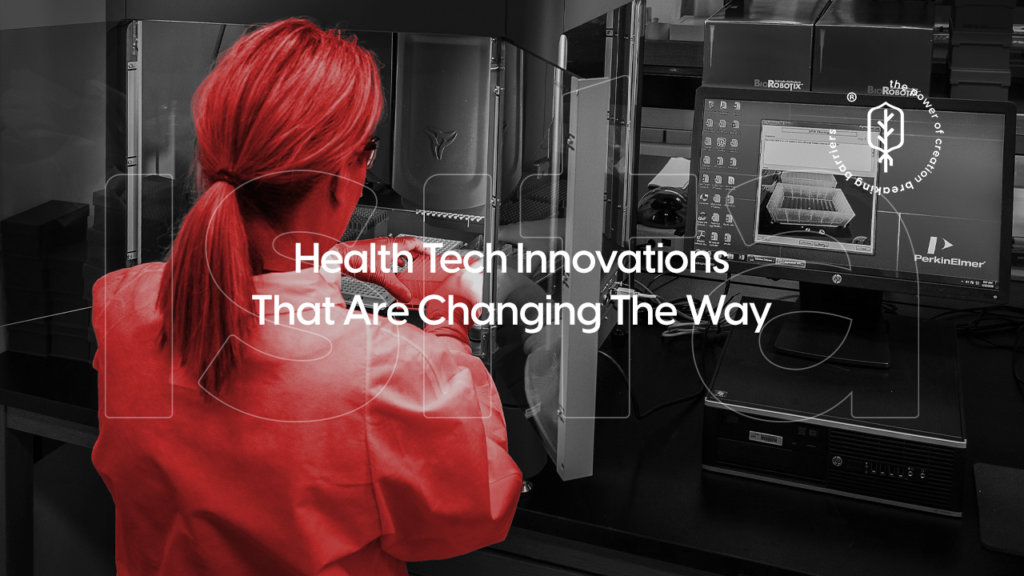Artificial Intelligence (AI) is revolutionizing the field of Business Intelligence (BI), transforming how organizations analyze data and make informed decisions. Traditional BI tools have long been valuable for collecting, processing, and visualizing data.
However, the integration of AI technologies into BI platforms is significantly enhancing their capabilities, enabling faster and more accurate insights. AI-powered BI tools leverage machine learning, natural language processing, and advanced analytics to automate data analysis, uncover hidden patterns, and provide actionable recommendations. This article explores the role of AI in BI, its applications across various industries, and the benefits of utilizing AI-driven analytics for business growth.
Key Capabilities and Benefits of AI in Enhancing BI Processes
AI-powered BI tools bring several advanced capabilities that enhance the overall BI process, offering substantial benefits to organizations.
Automated Data Preparation
One of the most time-consuming aspects of traditional BI is data preparation. AI automates data cleansing, integration, and transformation, significantly reducing the time and effort required. AI algorithms can detect and correct errors, handle missing values, and standardize data formats, ensuring high-quality, consistent data for analysis.
Advanced Analytics
AI enhances BI by enabling advanced analytics techniques, such as predictive analytics, prescriptive analytics, and anomaly detection. These techniques go beyond descriptive analytics, providing deeper insights and foresight into future trends. Predictive analytics uses historical data to forecast future outcomes, while prescriptive analytics suggests optimal actions based on predictive insights.
Natural Language Processing (NLP)
NLP allows users to interact with BI tools using natural language queries. This capability democratizes data analysis by enabling non-technical users to access insights without needing to learn complex query languages. Users can ask questions in plain language and receive instant, relevant answers, making data-driven decision-making more accessible.
Real-Time Insights
AI-powered BI tools can process and analyze data in real-time, providing up-to-the-minute insights. This capability is crucial for industries where timely information is critical, such as finance, healthcare, and retail. Real-time insights enable organizations to respond swiftly to changing conditions, seize opportunities, and mitigate risks.
Personalized Dashboards and Reports
AI algorithms can tailor dashboards and reports to individual users based on their roles, preferences, and usage patterns. Personalized BI experiences ensure that users receive the most relevant information, enhancing their ability to make informed decisions quickly.
Applications of AI in Predictive Analytics and Forecasting
Predictive analytics and forecasting are among the most impactful applications of AI in BI, offering organizations the ability to anticipate future trends and make proactive decisions.
Sales and Revenue Forecasting
AI-powered BI tools can analyze historical sales data, market trends, and external factors to generate accurate sales forecasts. These forecasts help businesses plan inventory, allocate resources, and set realistic sales targets. By predicting revenue trends, organizations can optimize their sales strategies and drive growth.
Customer Behavior Analysis
AI algorithms analyze customer data, including purchase history, browsing behavior, and social media interactions, to predict future behavior and preferences.
This information allows businesses to create personalized marketing campaigns, improve customer retention, and enhance the overall customer experience. Predictive insights into customer behavior also enable businesses to identify potential churn risks and take preventive measures.
Demand Forecasting
Accurate demand forecasting is crucial for optimizing supply chain operations. AI-powered BI tools analyze historical demand data, market conditions, and seasonal trends to predict future demand for products.
This helps businesses maintain optimal inventory levels, reduce stockouts, and minimize excess inventory, leading to cost savings and improved customer satisfaction.
Risk Management
AI-driven predictive analytics can identify potential risks and anomalies in business operations. For example, in the financial industry, AI algorithms can detect fraudulent transactions by analyzing patterns and anomalies in transaction data. In manufacturing, predictive maintenance powered by AI can forecast equipment failures, allowing for proactive maintenance and reducing downtime.
Challenges and Considerations in Implementing AI-Powered BI Solutions
While the benefits of AI-powered BI tools are substantial, organizations must navigate several challenges and considerations when implementing these solutions.
Data Quality and Integration
The effectiveness of AI-driven BI tools heavily relies on the quality and integration of data. Inaccurate, incomplete, or inconsistent data can lead to erroneous insights and flawed decision-making. Organizations must invest in robust data management practices, ensuring data is clean, accurate, and seamlessly integrated from various sources.
Skill Set and Training
Implementing AI-powered BI tools requires a skilled workforce capable of managing and utilizing these advanced technologies. Data scientists, analysts, and IT professionals with expertise in AI and machine learning are essential for effectively deploying and maintaining AI-driven BI solutions. Organizations should invest in training and upskilling their workforce to maximize the benefits of AI-powered BI.
Ethical Considerations
AI algorithms can sometimes produce biased results if trained on biased data. Ensuring fairness and transparency in AI-driven decision-making processes is crucial. Organizations must implement ethical guidelines and continuously monitor AI systems to detect and mitigate biases, ensuring that AI-powered BI tools provide equitable and unbiased insights.
Cost and Complexity
Implementing AI-powered BI solutions can be costly and complex. Organizations need to invest in AI technologies, infrastructure, and skilled personnel. Additionally, integrating AI into existing BI systems and workflows may require significant effort and resources. Organizations should carefully assess the costs and benefits, considering their specific needs and capabilities before embarking on AI implementation.
Conclusion: The Future Outlook of AI in Revolutionizing Business Intelligence
AI-powered BI tools are poised to revolutionize the field of business intelligence, offering unprecedented capabilities for data analysis and decision-making. As AI technologies continue to advance, their integration into BI platforms will become increasingly sophisticated, providing even deeper insights and more accurate predictions.
The future of AI in BI holds several exciting possibilities. AI-driven automation will further streamline data preparation and analysis, reducing the time and effort required for insights generation. Advanced AI algorithms will enable more precise predictive analytics, helping businesses anticipate market trends and customer behavior with greater accuracy. Real-time analytics powered by AI will become more prevalent, allowing organizations to make instantaneous decisions based on current data.
Moreover, the democratization of BI through natural language processing and user-friendly interfaces will empower a broader range of users to access and leverage data insights. AI-powered BI tools will continue to evolve, offering personalized experiences tailored to individual user needs and preferences.



